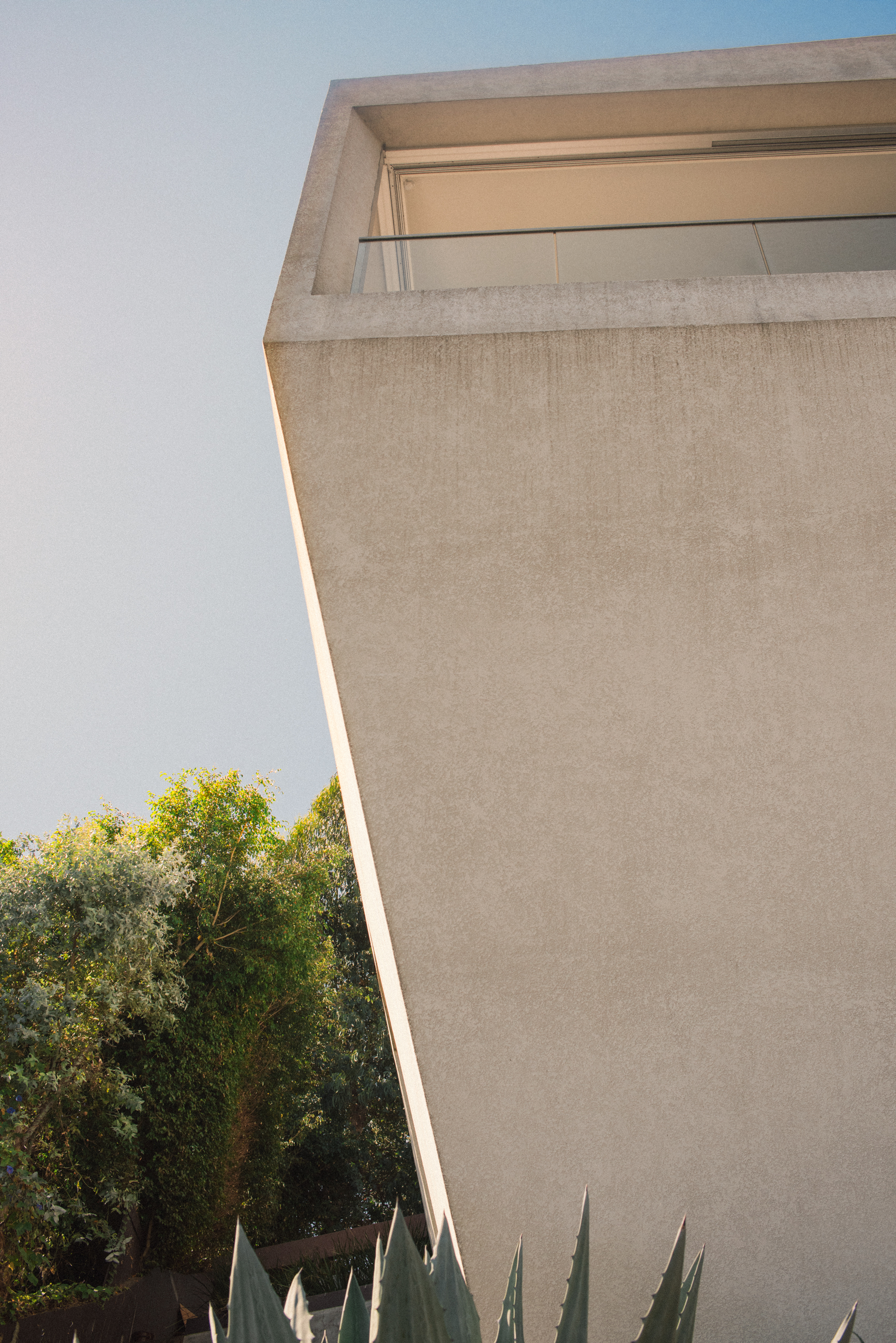Purple Magazine
— Purple 76 Index issue #29 S/S 2018
Johnston marklee
the american spirit of los angeles architecture
photography by TODD COLE
interview by FRANCOIS PERRIN
 JOHNSTON MARKLEE & ASSOCIATES, THE HILL HOUSE, 2004, PACIFIC PALISADES, LOS ANGELES
JOHNSTON MARKLEE & ASSOCIATES, THE HILL HOUSE, 2004, PACIFIC PALISADES, LOS ANGELES
FRANCOIS PERRIN — When I moved to LA from Paris in 2000, you were part of this new generation of LA architects who were coming after the LA or Santa Monica School (Frank Gehry, Morphosis, Eric Owen Moss, etc.) offering an alternative to the formal and flashy approach of the ’80s and ’90s. Aside from a few practices, form and sculpturalism (as people call it) remain strong in LA. What’s your connection with Los Angeles?
SHARON JOHNSTON — We really love LA. We made a very definitive move in the mid-2000s to invest time and energy in Europe. So when we came back to America to do bigger projects, I think our work had a kind of particular…